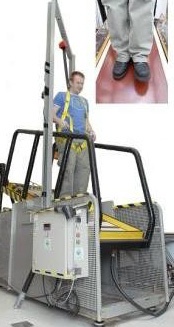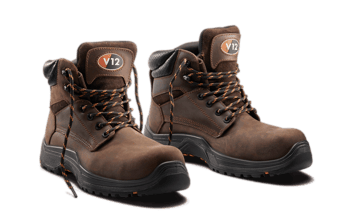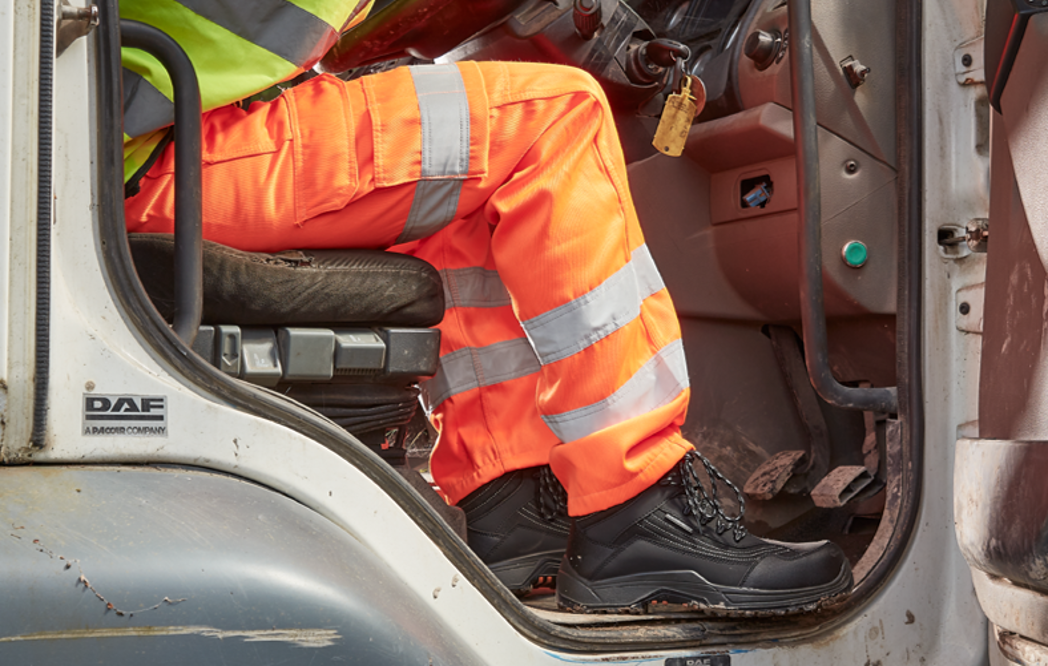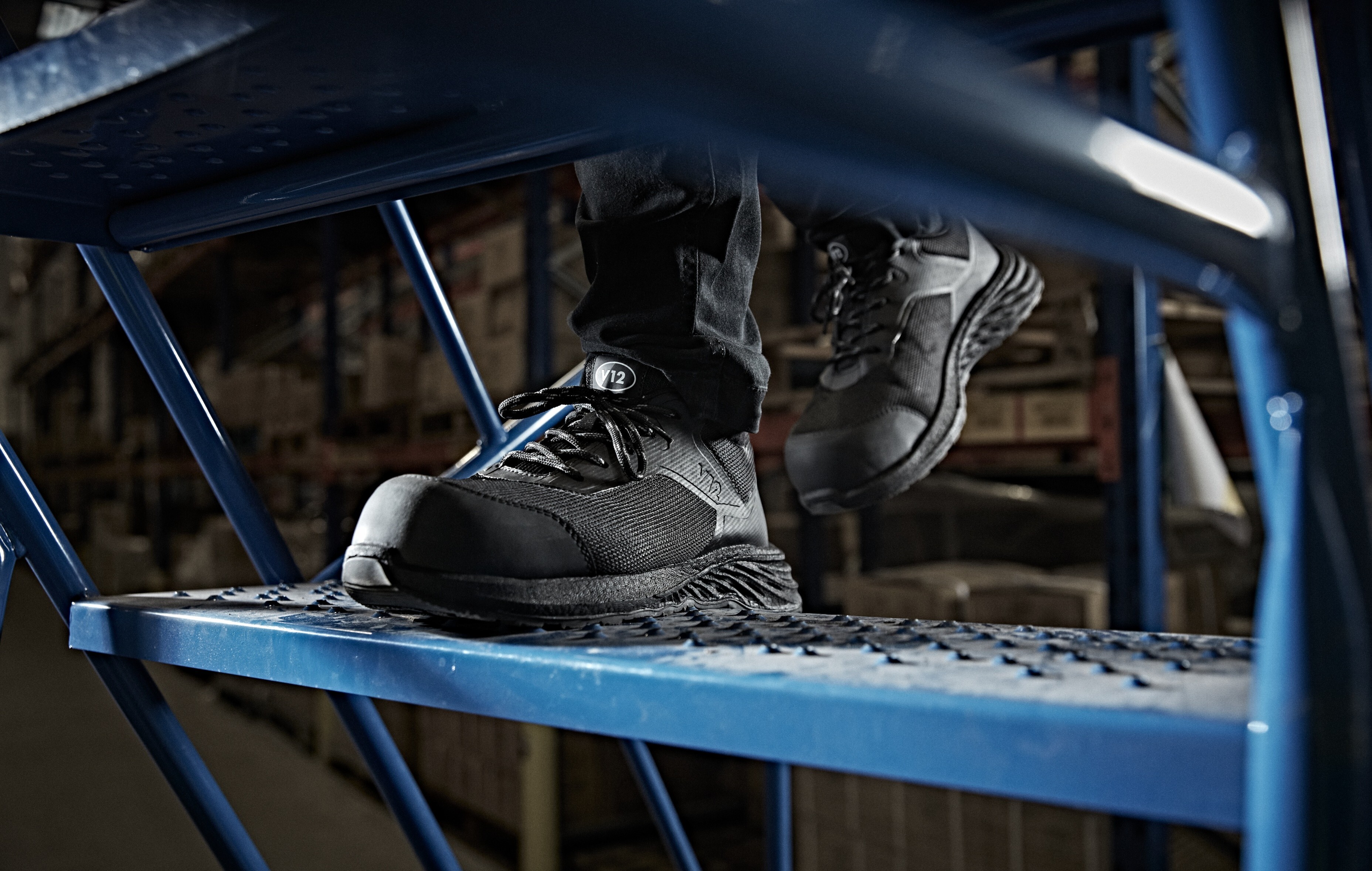SRC is currently the best known rating for slip resistance. It requires passing both the SRA and SRB test, which are carried out on a testing rig under laboratory conditions. The HSL 'GRIP' test goes beyond this by taking the human gait cycle into account.
But how is the slip test carried out - and what are the benefits?
So what is the HSL 'GRIP' TEST?
 Unlike SRC testing, the HSL process involves human testers wearing the boots under test conditions to understand the impact the human gait cycle has on grip. It is a deliberately challenging test to find out what happens when the limits of grip are really pushed.
Unlike SRC testing, the HSL process involves human testers wearing the boots under test conditions to understand the impact the human gait cycle has on grip. It is a deliberately challenging test to find out what happens when the limits of grip are really pushed.
In the test, IGSTM boots are trialled by a test operator walking back and forth across an adjustable wet, slippery ceramic tile platform which increases its angle of inclination until eventually a slip occurs. This process is then repeated until the operator generates a number of slip angles.
A second operator then repeats the process to remove any element of subjectivity. In order to ensure reproducibility of the results, three different pairs of the same footwear are used to generate the rating.
Following this rigorous testing process, the HSL awarded the IGSTM a highly prestigious 4-star rating. This is a quality standard that is almost unheard of within the kind of demanding environments in which V12 specialise.
HANG ON - Why not five star?

Well, the types of soles that achieve a HSL 'GRIP' 5-star rating typically have a large surface area and many small cleats for water dispersal. They perform very well in laboratory environments and on smooth indoor surfaces, but do not have the ruggedness required to grip onto rougher surfaces and natural loose terrain. In fact, when faced with a natural loose surface like mud, they would likely clog straight away, rendering their slip resistance useless.
This is why we are incredibly pleased to be awarded a 4-star rating for the IGSTM. It is recognised to perform very well on smooth surfaces to channel away liquids, but its combination of large and small lugs make it rugged enough to keep you steady footed in all the environments you face every day.
If in doubt, carry out a wearer trial

While the SRC test and the HSL GRIP test provide useful comparative data, they do not measure performance on the surfaces that you are likely to encounter day by day.
Given this, we advise that you do not select footwear solely on the basis of brochure descriptions or laboratory test results. Instead, you should ask your supplier to provide trial pairs to help you make the best choice to get the right boot. Remember, footwear trials should involve an appropriately-sized representative sample of the workforce and last long enough to produce meaningful results.
SAFETY IN THE REAL WORLD
All V12 products are designed specifically with real life environments in mind, and they are rigorously trialled before being brought to market. To find out more about slip resistance, visit the HSE website.
Want to find out more about the tests the IGSTM has undergone? Download this handy paper.





